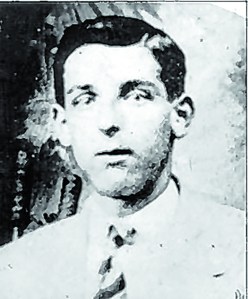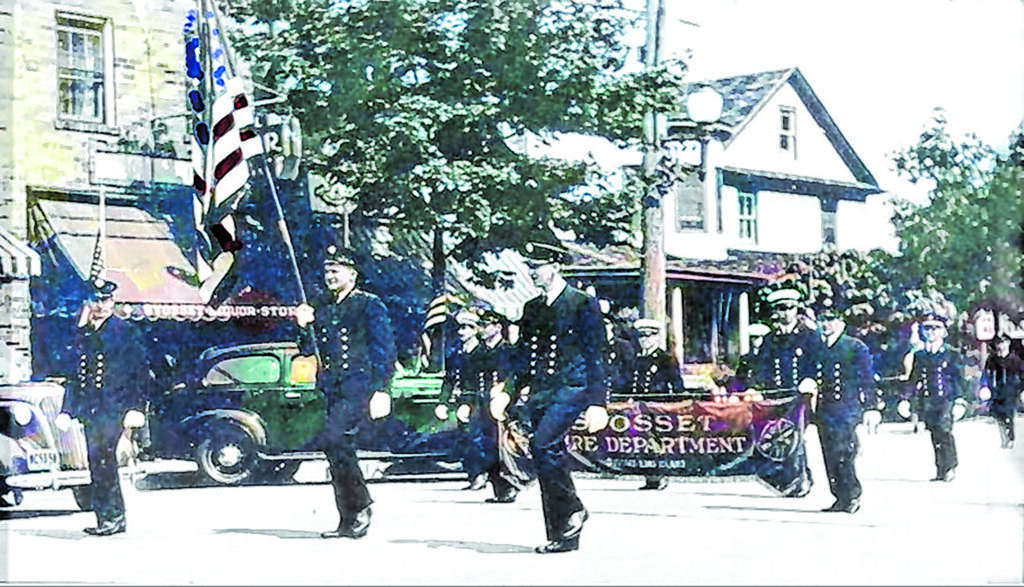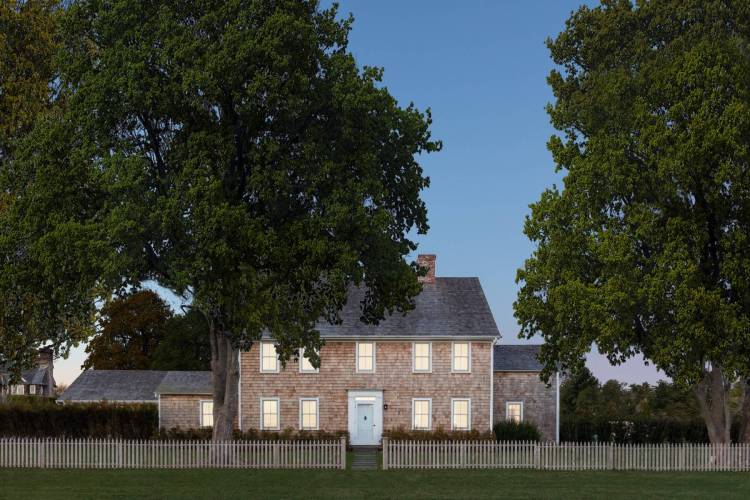By Tom Montalbano
editors@antonnews.com
The following article has been broken up into a three-part series. This first part will focus on World War I troops from Syosset and Woodbury. Check back next week to learn about local World War II troops who lost their lives in battle.
Most would likely agree that war, in and of itself, is not something to celebrate. However, to ignore those who lost their lives engaging in this sometimes-necessary evil is to disrespect the sacrifices they made and the pain that their loved ones, our Syosset-Woodbury neighbors, still feel today.
This series will tell the stories of twenty-one young men from our community who lost their lives in three wars that defined the past hundred years.

World War I (1914-1918)
Syosset-Woodbury’s first experience with 20th-century warfare essentially began at the Syosset LIRR station on Jackson Avenue on June 20, 1915, when Erich Muenter, a deranged German immigrant, collected a package from the Aetna Explosives Company of Long Island City. Muenter was apparently poised to take vengeance on the many North Shore financiers who had been supporting a raging European war that he believed was an unjust assault on his beloved homeland.
Over the next few days, Muenter used his explosives cache to blow up the Senate Chamber in Washington, DC, rig a munitions ship in New York Harbor with a time-bomb, and make a failed attempt to destroy the Glen Cove mansion of banker JP Morgan. Once Muenter was in police custody and his intentions were known, Syosset-Woodbury’s many wealthy supporters of what came to be known as World War I grew agitated and, suddenly, very patriotic. By the time the United States entered the war in April of 1917, many of our young male residents were primed for battle.
One of the first locals to enlist was 31-year-old Eugene Stanley “Smitty” Smith, a member of the Syosset Federals village baseball team and a packer at the Alart & McGuire pickle factory adjacent to the railroad station until it closed in 1914. After trying his hand at various jobs around Syosset, Eugene reported for duty with the US Army’s 106th Regiment in mid-1918. Following a brief, cursory training, he found himself aboard a carrier headed for France, where the German army had been inflicting major casualties on the Allies for almost three years.
During a brutal four-day battle in September of 1918 in which Allied forces attempted to break the so-called Hindenburg Line, Germany’s last line of defense on the Western front, Eugene went missing in action. On Oct. 18, 1918, The Long Islander listed him as “wounded in action in France – degree undetermined.” Two months later, however, the newspaper reported that Eugene had been taken prisoner by the Germans during the early Battle of the Hindenburg Line, but had escaped and returned to his post with the American forces. This was either an error or an attempt to cover up the truth, which was that Smith may have escaped the Germans once, but was subsequently wounded and captured a second time. Whatever the reality may have been, Eugene Smith’s family and friends back in Syosset agonized for several months, having no contact with Eugene and relying on sketchy, contradictory newspaper reports for information about his fate.
Ultimately, in April of 1919, the War Department informed Eugene Smith’s parents that their son had died in a German hospital the previous October of injuries he had sustained during a battle in Hartmont, France, making him Syosset’s one and only World War I fatality. Whether his demise was actually the result of battle wounds or a bout with the deadly Influenza virus that had been ravaging military hospitals and bases around the world is not certain. What is certain is that Eugene Smith’s long-time MIA status rattled the nerves of his friends and family in small-town Syosset for several months and soured the community’s glorified attitude toward war for the next twenty-odd years.
Eugene is buried at the American Cemetery and Memorial in Somme, France.
In July of 1919, Syosset war veterans established the American Legion Eugene S. Smith Post in their fallen comrade’s honor. The post, in cooperation with Syosset VFW Post 6394, is an annual sponsor of Syosset’s Memorial Day Parade.
































